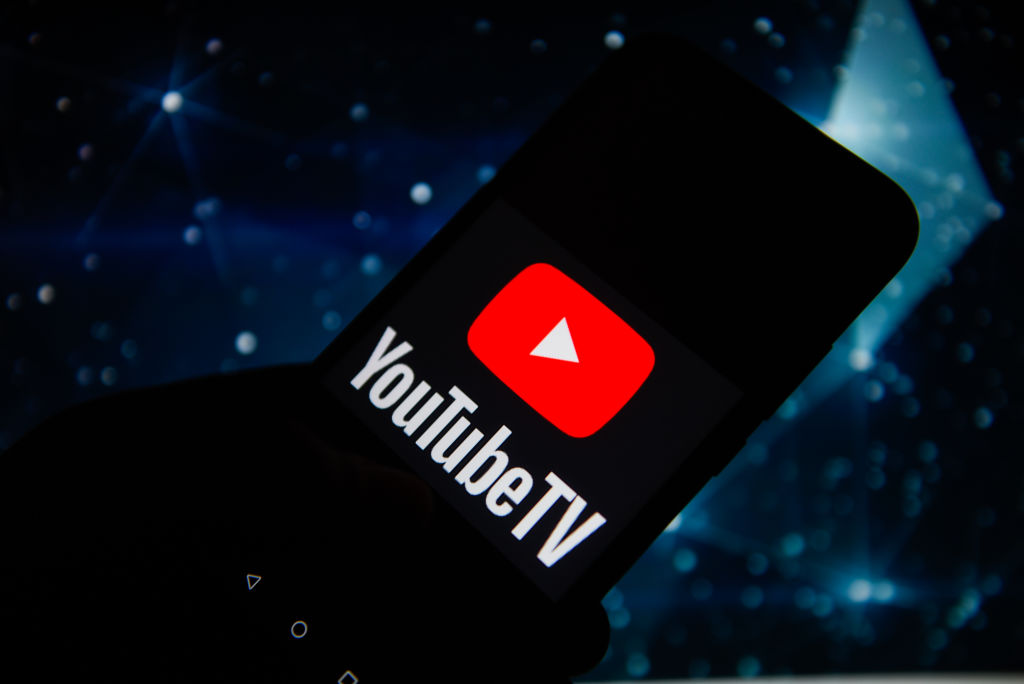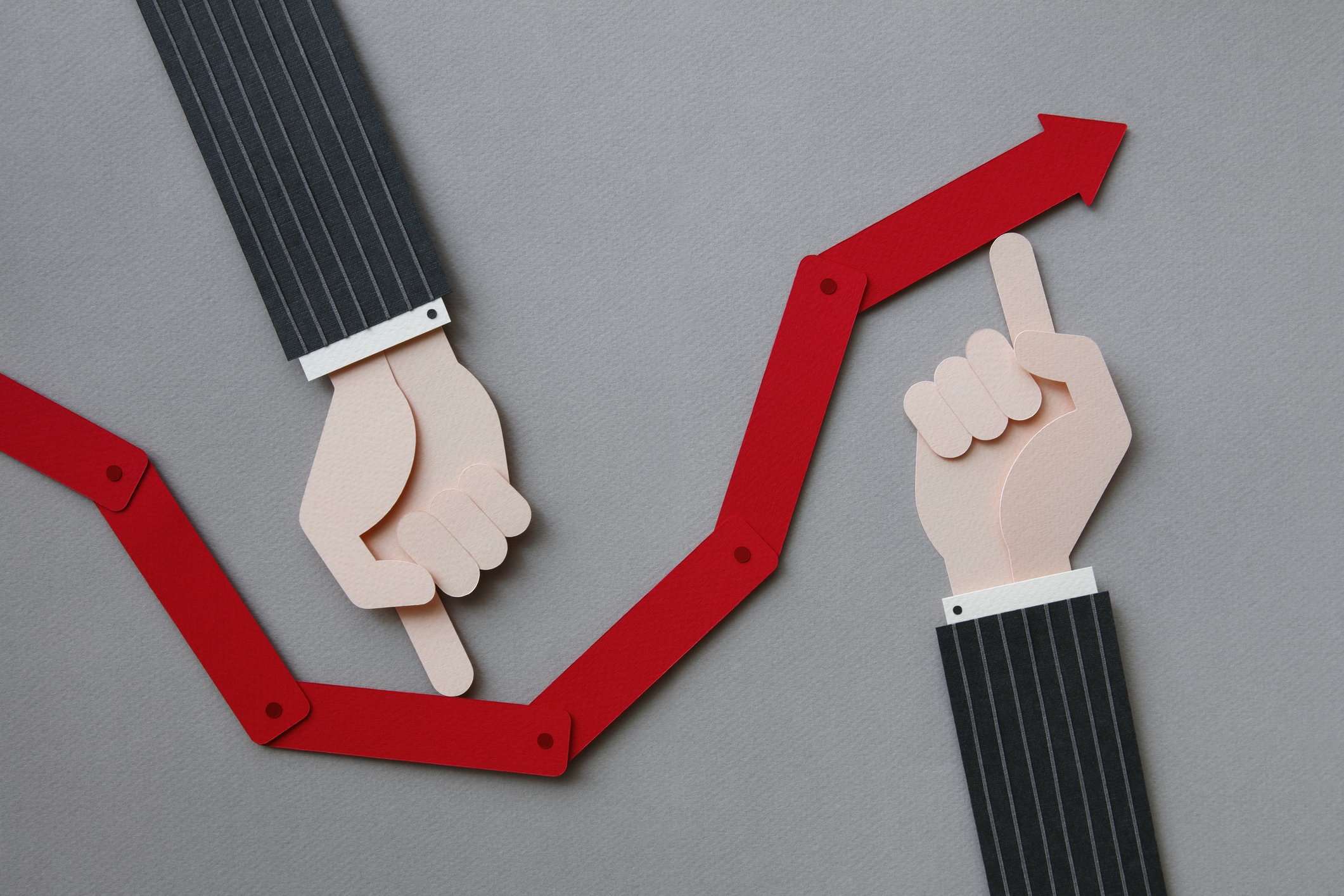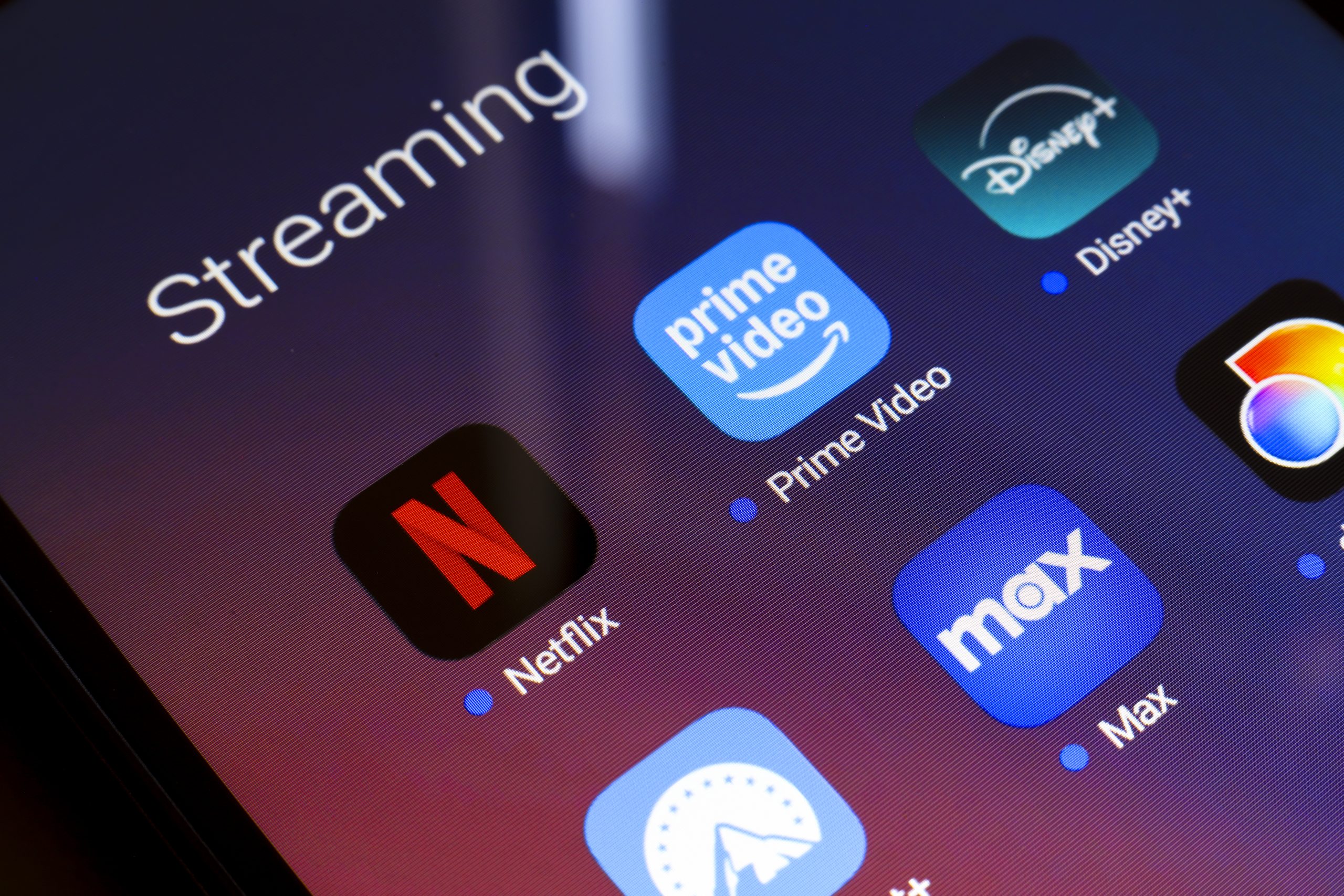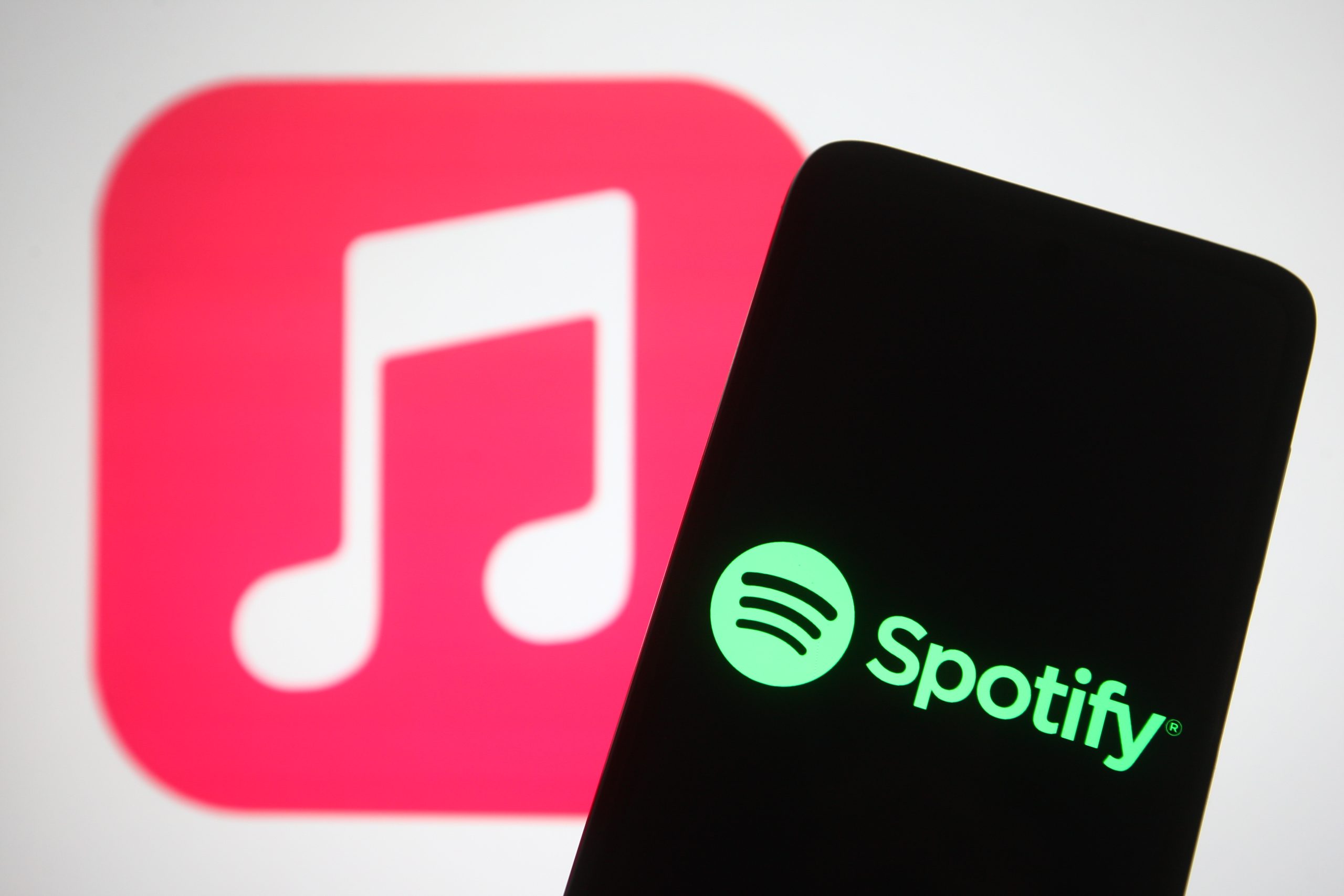
After a protracted two-week standoff that left millions of subscribers without access to a swath of popular content, YouTube TV and The Walt Disney Company announced on a recent Friday that they had successfully reached a comprehensive distribution agreement. This resolution brings an end to a period of significant subscriber frustration and reestablishes a critical partnership in the evolving landscape of digital television. The new accord not only restores Disney’s extensive portfolio of networks, including ABC, ESPN, FX, National Geographic, Disney Channel, and Freeform, to YouTube’s live TV streaming service but also introduces new facets to their collaboration, signaling potential shifts in how major content is delivered and consumed.
The Anatomy of a Carriage Dispute
The recent blackout, which commenced earlier in the month, was the result of a failure to renew their previous carriage agreement before its expiration. Such disputes are a common, albeit often disruptive, feature of the modern media ecosystem. At their core, these disagreements revolve around the financial terms and conditions under which content creators, like Disney, allow distributors, such as YouTube TV, to carry their programming. Content providers typically seek higher retransmission fees, arguing that their valuable content, especially live sports and popular entertainment, commands a premium necessary to cover escalating production costs and compensate for declining revenues from traditional linear television. Distributors, conversely, aim to keep these costs down to maintain competitive subscription prices for their customers, particularly in a market increasingly sensitive to pricing.
YouTube TV, launched in 2017 by Google, positioned itself as a "virtual multichannel video programming distributor" (vMVPD), a digital alternative to traditional cable and satellite television for consumers embracing the "cord-cutting" movement. Offering a bundle of live channels and on-demand content accessible via internet connection, these services aim to replicate the cable experience with greater flexibility and often at a lower initial cost. However, as vMVPDs grow in popularity, they inherit many of the same challenges that plagued traditional providers, chief among them the contentious negotiations over carriage fees with powerful media conglomerates.
A Recurring Pattern in Media Distribution
This was not the first time Disney and YouTube TV found themselves at loggerheads over distribution terms. A previous contract dispute in December 2021 also led to a brief, albeit significantly shorter, blackout of Disney-owned channels on YouTube TV. That incident, which lasted just two days, similarly saw a resolution that restored channels and included a temporary price reduction for subscribers. The recurring nature of these impasses underscores the fundamental tension between content value and distribution costs that permeates the entire media industry. From major satellite providers clashing with local broadcasters to regional sports networks disappearing from lineups, the consumer is frequently caught in the crossfire, highlighting the ongoing struggle to define fair value in a rapidly changing market.
The financial stakes in these negotiations are enormous. For Disney, which boasts a vast empire of content spanning film, television, theme parks, and direct-to-consumer streaming services, licensing its linear channels to platforms like YouTube TV represents a significant revenue stream. For YouTube TV, which claims over 10 million subscribers, access to Disney’s popular programming — particularly ESPN’s live sports coverage, ABC’s primetime shows, and the family-friendly Disney Channel — is crucial for subscriber acquisition and retention. The absence of these channels, even temporarily, can lead to customer dissatisfaction, cancellations, and a potential erosion of market share.
Subscriber Impact and Mitigation Efforts
The recent two-week blackout had a tangible impact on YouTube TV subscribers. Many expressed frustration at the sudden loss of access to their favorite shows, live sports events, and news programming. The timing of the dispute, coinciding with key college football matchups and the lead-up to the holiday season, exacerbated consumer discontent. In an attempt to mitigate the fallout, YouTube TV proactively offered affected subscribers a $20 credit, applicable to their next bill, as compensation for the disruption. This gesture, while appreciated by some, also highlighted the perceived inconvenience and the financial implications of losing premium content.
A survey conducted during the blackout period suggested a significant number of YouTube TV’s more than 10 million subscribers were considering or had already canceled their subscriptions due to the absence of Disney content. While a YouTube spokesperson subsequently countered these findings, stating that actual churn was "manageable and does not align with the findings of this survey," the very existence of such a survey and the public discourse around it underscore the critical role that popular programming plays in subscriber loyalty. Anecdotal accounts, such as one tech reporter lamenting the inability to watch "Jeopardy!", illustrate the personal impact of these disputes on daily routines and entertainment habits.
The Broader Implications of the New Agreement
Beyond simply restoring channels, the terms of the new agreement reveal interesting trends in media distribution. A significant element of the deal involves ESPN making its new direct-to-consumer (DTC) service available on YouTube TV at no additional price. This inclusion represents a hybrid approach, where a linear live TV streaming service can offer access to a content provider’s standalone streaming product. It signifies a potential strategy for media companies to leverage their DTC offerings within existing distribution channels, rather than solely using them as tools for "cord-cutting." For sports fans, this means potentially enhanced access to ESPN’s extensive sports content, including events not exclusively broadcast on its linear channels.
Furthermore, the agreement permits YouTube TV to sell select Disney networks and the Disney+/Hulu bundle as part of different packages. This flexibility in bundling is a critical point for distributors, allowing them to tailor offerings to various consumer segments and potentially compete more effectively with Disney’s own direct-to-consumer strategies. It reflects a growing recognition that consumers desire more choice and customization in their subscription services, moving away from rigid, pre-packaged bundles.
In a joint statement, Disney Entertainment Co-Chairmen Alan Bergman and Dana Walden, alongside ESPN Chairman Jimmy Pitaro, emphasized that the deal "recognizes the tremendous value of Disney’s programming and provides YouTube TV subscribers with more flexibility and choice." This language reinforces Disney’s perspective on the premium nature of its content and its intent to offer consumers diverse ways to access it. YouTube’s statement, while brief, conveyed an apology for the disruption and expressed appreciation for subscribers’ patience, reiterating its commitment to negotiating "on their behalf."
Navigating the Evolving Media Landscape
The resolution of this latest dispute offers a temporary peace in the ongoing battle for consumer attention and revenue in the media industry. It highlights the intricate dance between content creators, who seek to maximize the value of their intellectual property, and distributors, who strive to offer compelling packages at attractive price points. The inclusion of DTC services and flexible bundling options within the new agreement suggests a more nuanced approach to content distribution, acknowledging the fragmented nature of modern media consumption.
As the industry continues its rapid evolution, driven by technological advancements, shifting consumer preferences, and intense competition, such carriage disputes are likely to remain a feature of the landscape. They serve as stark reminders of the complex economic realities underpinning our entertainment choices and the constant negotiation required to bring diverse content to screens across the nation. For now, millions of YouTube TV subscribers can once again enjoy their favorite Disney-owned channels, a testament to the enduring power of popular content and the often-turbulent path to its delivery.





